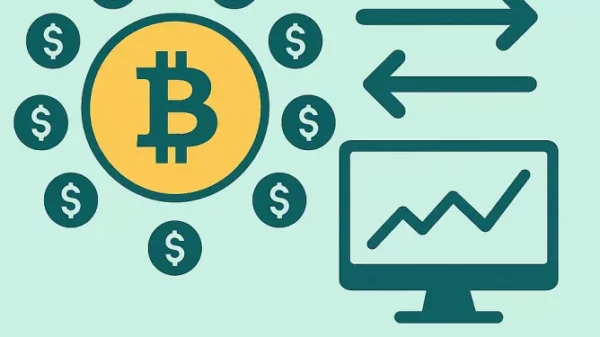Data visualization transforms raw data and figures into visual objects such as bars, points, maps, and line plots. It organizes data in a compelling and easily understandable way. Data visualization combines aesthetically pleasing and user-friendly features to make data analysis and research much quicker. This makes it a powerful tool for communication that allows you to present raw and complex data visually and interactively and gives readers a new way to view information.
Although data visualization is used mainly within a professional context like reporting in different fields, it is also used in everyday subjects, pop culture, and the likes if the information is data-related. According to assignment help, data visualization exposes correlations, trends, and patterns that may have otherwise gone undetected.
There are different uses of data visualizations, even in our everyday practices. Some of the common examples of data visualization are:
- Cinema
Data visualization is used to explain a movie plot in the movie “Inception.” The 2010 movie directed by Christopher Nolan focused on dreams and reality as the central theme. The protagonist, Cobb, is an extractor able to learn about people’s secrets by entering their dreams. The colorful, interactive, and simple data visualization of this movie gives an in-depth explanation of the complex plot in the movie.
With data visualization, viewers had a step-by-step storyline explanation that guided them through the movie. In addition, it helped to understand every part of the movie, including the roles of each character and events as they happened simultaneously.
- World languages
This interactive data visualization shows the location and origin of all 2678 languages spoken on earth. This piece gives even a non-linguist an idea about languages. With this piece, people can explore the language families and their similarities and see the languages that are spoken most frequently and the part of the world where these languages are spoken. This takes an in-depth look at the subject and breaks it down in an easily understandable way.
- Art
An example of data visualization in art is seen in the analysis of the color palette used in great artworks. Arthur Baxton did this visualization. Over ten years, it includes an overview of the different color palettes of ten famous painters, such as Money, Cezanne, and Gaugin. This visualization gives a new perspective to the work of these artists, and it sorts them by the color they used instead of the art movement.
- Percentage of United State’s Population by the Age Group
This is not just an example of data visualization. It is also an example of how a single data set can be presented engagingly and compellingly. In the same way, an animated GIF composite was also created by Pew Research, showing the shift in the population demographics with time. According to dissertation help, this is a simple and effective way for brands to tell their story.
Additionally, this micro-content type can be shared easily on social media and in blogs to increase the reach and visibility of the content.
- Global warming
You may have heard people talking about showing the data instead of just telling a story with it. This is what Bloomberg Business did in their data visualization. It is also very interactive, so you must be on the move from start to finish. The visuals disprove the theories claiming that natural causes can explain global warming. If you look down through the visualization, you will see how the different factors contribute to it one layer or the other.
According to do my assignment, scrolling down the visualization gives a breakdown of the factors causing global warming and contributes to more global warming than what is being observed. This adds another layer of storytelling to the already available knowledge.
- Literature and Astronomy
Data visualization uniquely combines them both. Every literary work has a unique first sentence. In the visualization, it is observed that the artist combines the opening sentences of famous works like Robin Hood, Robin Crusoe, The Phantom of the Opera, to name a few, and creates a constellation diagram for each sentence.
Conclusion
There are many other examples of data visualization, but these are the few ones that stand out.



























































